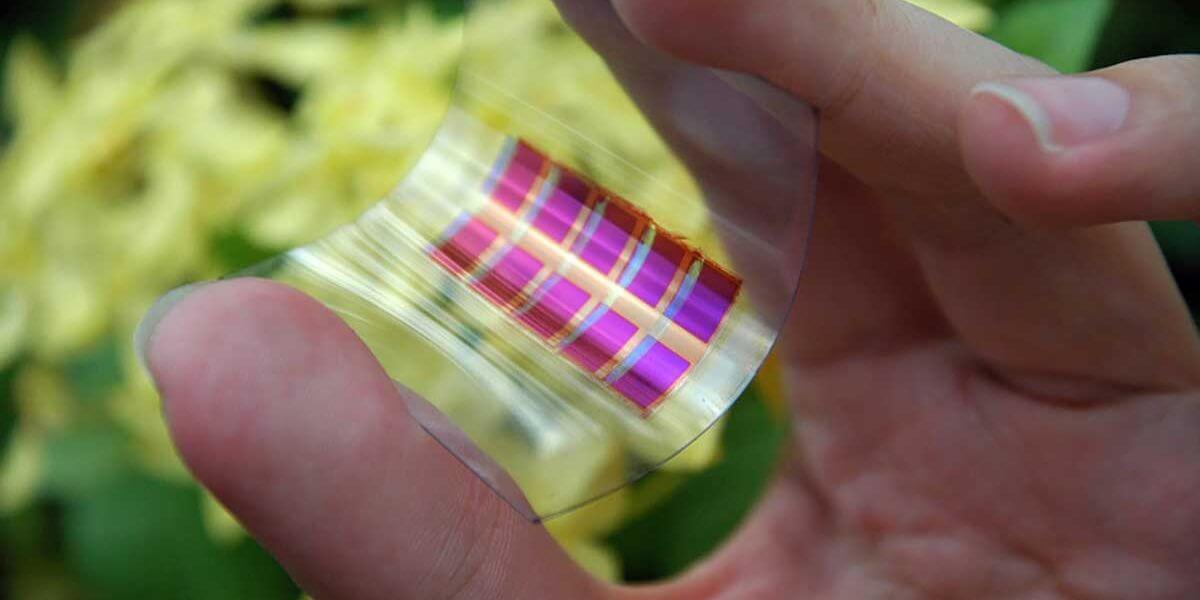- Get link
- X
- Other Apps

Cyanobacteria live on Earth for about a billion years and are able to produce food for themselves through photosynthesis. They absorb light, turning it into energy. This is their ability to use scientists, using cyanobacteria to create tiny solar , capable of feeding small devices.
At first, these living microorganisms made "living" ink, which can be printed with a conventional printer on paper, creating small biosolar batteries. Cyanobacteria not only survived the printing process, but soon they began to produce electricity. For a hundred hours, they produced enough energy to power a small wearable biosensor from it.
Yes, there is no question of replacing conventional solar panels with printed "living" inks, but such biopanels can be used to feed small gadgets that do not require a lot of energy. They do not require expensive materials and technologies, they can be disposable, they work in the dark, generating electricity from molecules that are formed in the light, and such "batteries" are biodegradable, so they can be used without harm to the environment.
As one of the applications, the developers proposed to supply such panels with biosensors for monitoring the blood sugar level in patients with diabetes - for this purpose, a small sheet of solar palette of palm size is enough.
The article is based on materials .
- Get link
- X
- Other Apps
Comments
Post a Comment